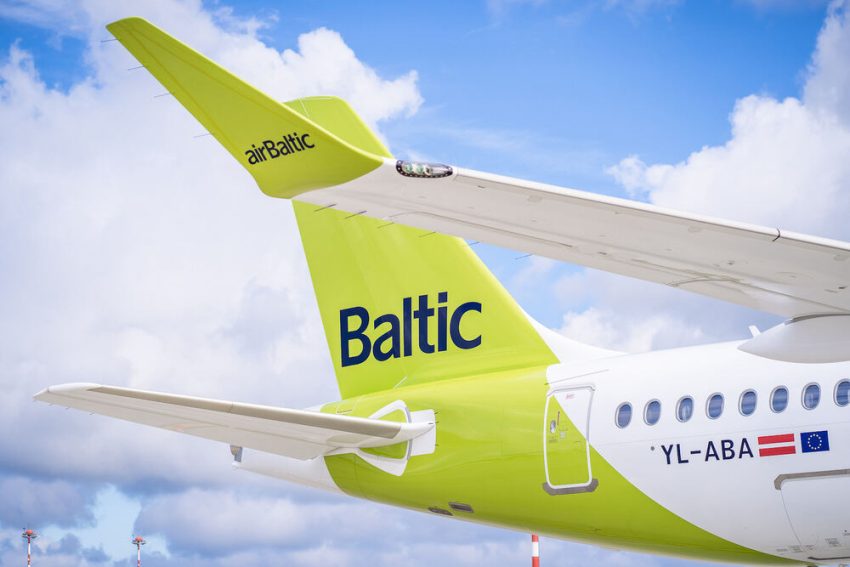Tuesday, February 20, 2024

airBaltic, the Latvian national airline, proudly announces surpassing the milestone of 150 thousand flights operated with the Airbus A220-300 aircraft, which was introduced to its fleet in 2016. With a current fleet size of 47 aircraft, all of which are Airbus A220-300s, airBaltic boasts its largest fleet in company history. Since its inception in 1995, airBaltic has utilized various aircraft models including the Saab 340, Avro RJ70, Fokker 50, Boeing 737-500, Boeing 737-300, Boeing 757-200, Bombardier Q400 NextGen, and the Airbus A220-300 (formerly known as Bombardier CS300). However, starting from May 2020, airBaltic transitioned to operating exclusively with the Airbus A220-300, streamlining its operations to enhance efficiency and reduce complexity.
Martin Gauss, President and CEO of airBaltic: “Over more than 28 years, airBaltic has experienced significant developments, including an impressive evolution of its fleet. Each aircraft, unique in its characteristics, has contributed to the company’s success. However, Airbus A220-300 has been a game-changer for our airline, establishing itself as one of the core assets of the company. With this aircraft, we are now operating one of the most efficient and eco-friendly fleets in the skies, consistently delivering top-tier service to our passengers. Moreover, this year we are looking forward to reaching the milestone of 15 million passengers carried specifically on the Airbus A220-300.”
Up to this point, airBaltic has served around 14,500,000 passengers aboard the Airbus A220-300 aircraft.
In November 2023, the company solidified a purchase agreement for 30 additional Airbus A220-300 aircraft, along with purchase options for an extra 20 aircraft of the same model. Consequently, airBaltic aims to expand its fleet to 100 A220-300s by 2030.
The Airbus A220-300 offers passengers an exceptional flying experience, boasting wider seats, larger windows, increased cabin hand luggage space, enhanced lavatories, and superior overall performance, fuel efficiency, and convenience for both passengers and crew.
Furthermore, the aircraft is notably quieter, with a noise footprint half the size of previous generation aircraft. Moreover, it stands as the most efficient commercial aircraft globally, with a transparent declaration of its life-cycle environmental impact. This contributes to a reduction in CO2 and NOX emissions by 25% and 50% respectively compared to previous generation aircraft and industry standards.
Sunday, April 28, 2024
Sunday, April 28, 2024
Sunday, April 28, 2024